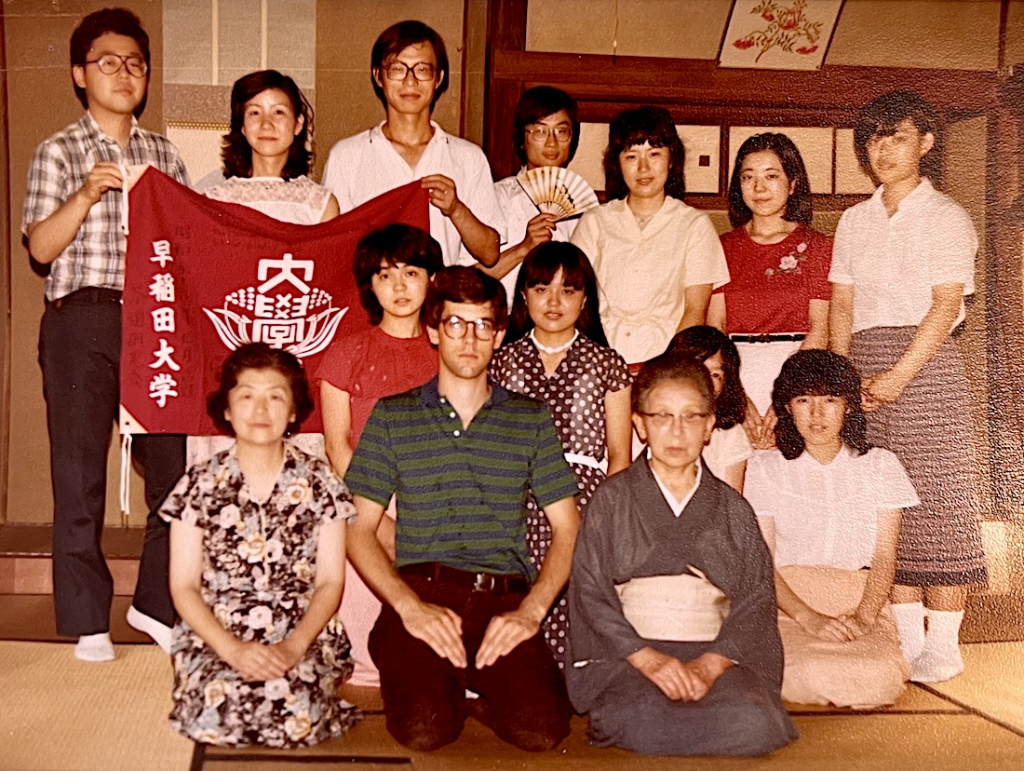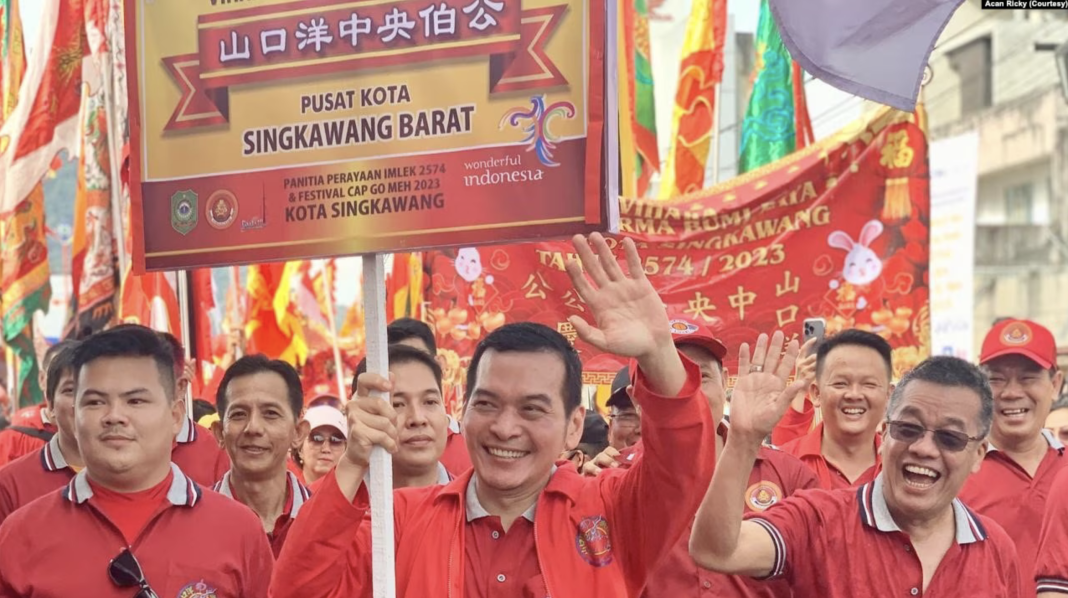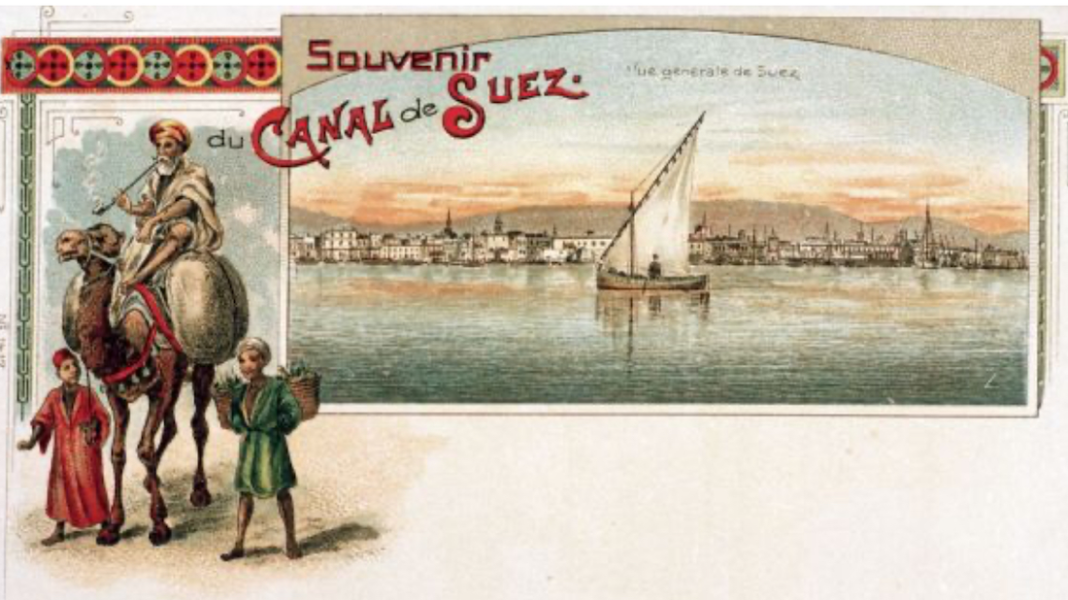Urasenke and Omotesenke, two prominent schools of tea ceremony, represent not just different approaches to the art form but also distinct social circles and historical legacies.
New York, N.Y. Studying at Waseda University in Tokyo offered a myriad of opportunities for cultural immersion, none more intriguing than my involvement with the tea club. Joining the club, particularly one reflecting the Urasenke school, was a deliberate choice born from a desire to deepen my understanding of Japanese culture and language. Little did I know, it would lead me on a fascinating journey of tradition, hierarchy, and social dynamics within the world of Japanese tea ceremony – o-cha-no-yu.

Urasenke, with its roots tracing back to the 16th century, holds a prestigious position within Japanese society. As practitioners of Urasenke, club members embodied a sense of refinement and tradition. The school’s emphasis on simplicity, harmony, and respect permeated every aspect of its practice, reflecting the philosophical underpinnings of Japanese aesthetics. Within the social hierarchy, Urasenke practitioners often occupied positions of influence and authority, their expertise in tea ceremony serving as a symbol of cultural sophistication.
Conversely, Omotesenke, while also venerable in its own right, was sometimes perceived as catering to a more diverse audience, including housewives and tourists. This perception, however, belies the rich history and artistry embedded within Omotesenke’s lineage. Founded in the 17th century, Omotesenke shares many principles with Urasenke but may diverge in certain stylistic elements and interpretations of tea ceremony. Despite occasional differences in social status, both schools command respect within the broader Japanese cultural landscape.

My experience within the tea club provided invaluable insights into the nuances of Japanese social dynamics and cultural traditions. Through rigorous practice sessions and interactions with fellow members, I gained a deeper appreciation for the meticulous attention to detail and profound symbolism inherent in the tea ceremony. The language barrier, initially perceived as a challenge, became a gateway to immersive learning, as conversations flowed seamlessly in Japanese within the confines of the tea room.

My journey within the tea club not only deepened my understanding of Japanese language and culture but also offered profound insights into the rich tapestry of tradition and hierarchy within the world of tea ceremony. Through the lens of Urasenke and Omotesenke, I discovered a timeless art form that continues to captivate and inspire, bridging past and present with every graceful movement of the tea whisk.
Exploring Tradition: Journey Through Japanese Tea Culture (May 15, 2024)





